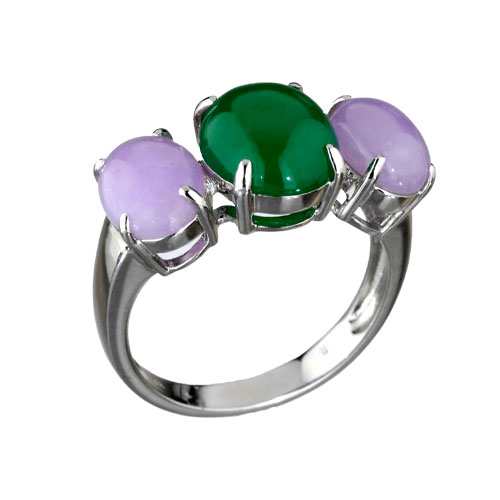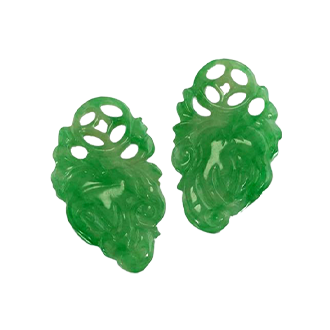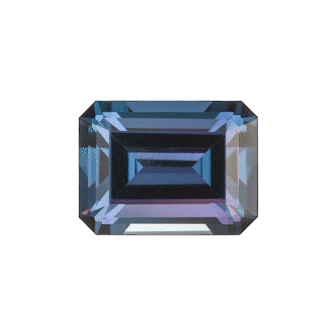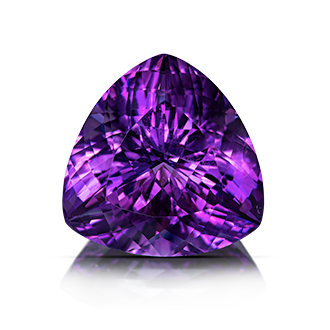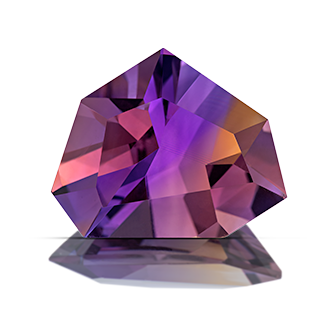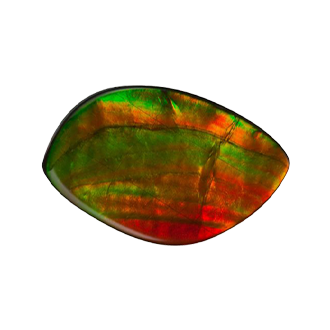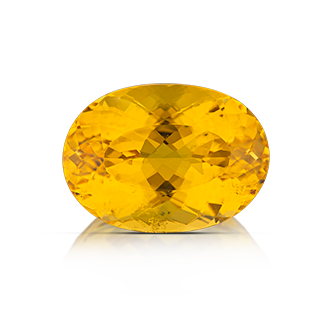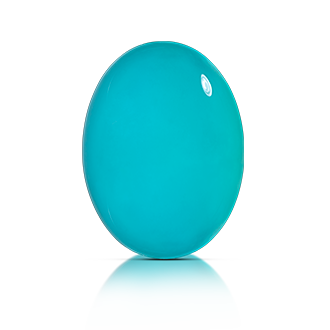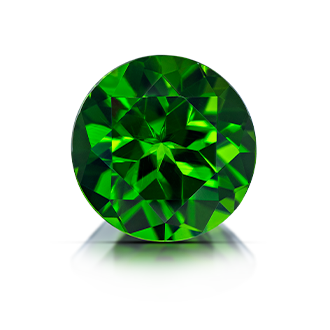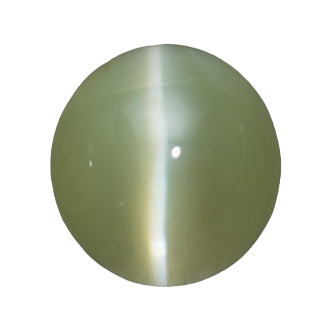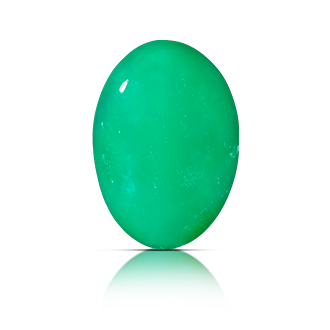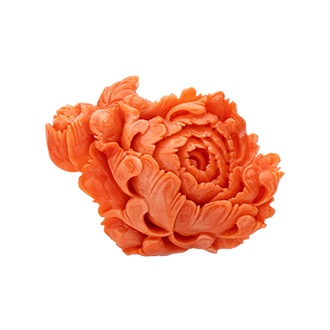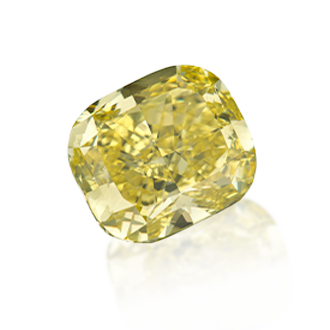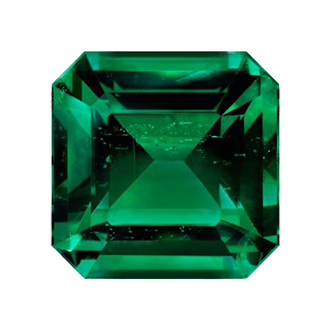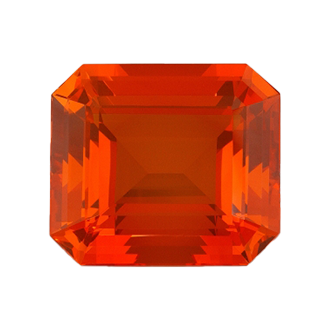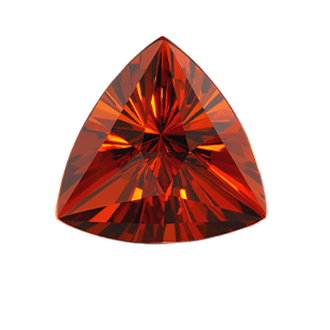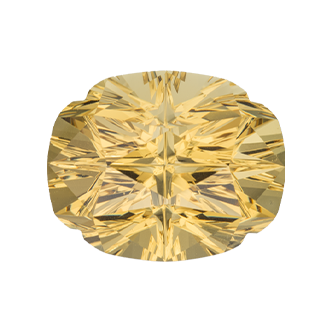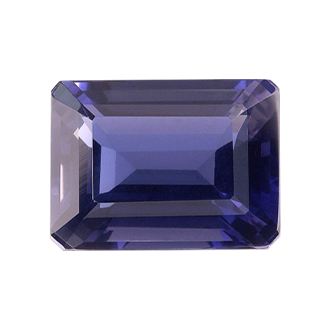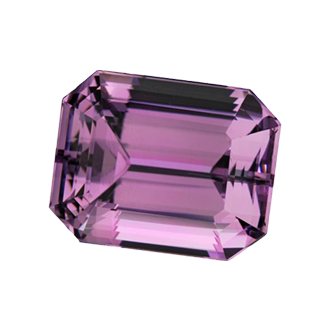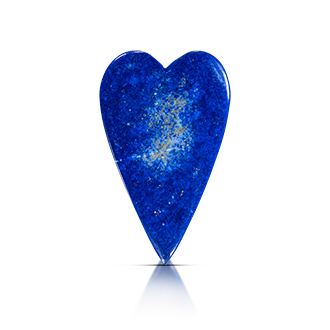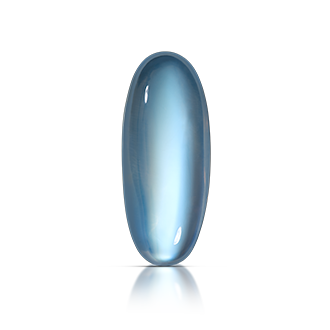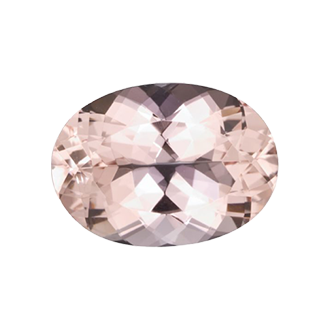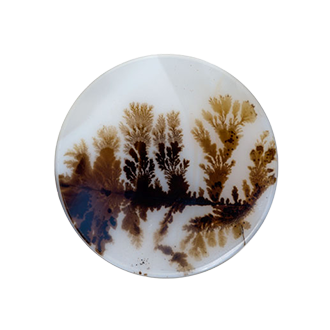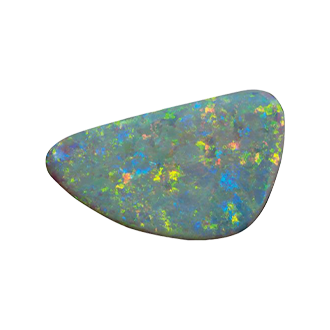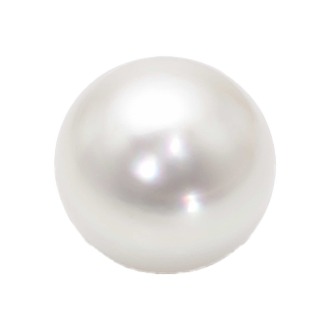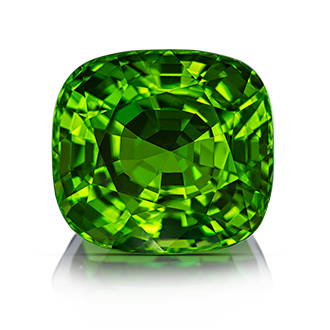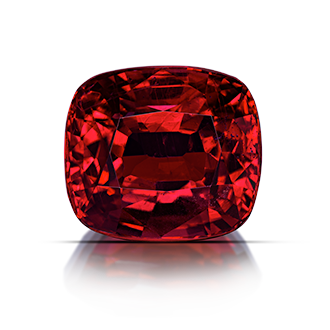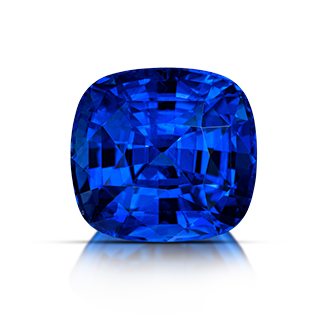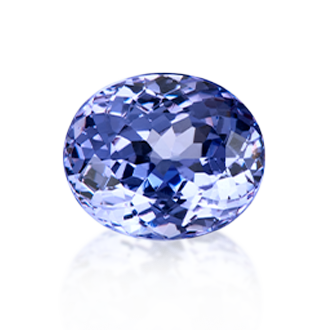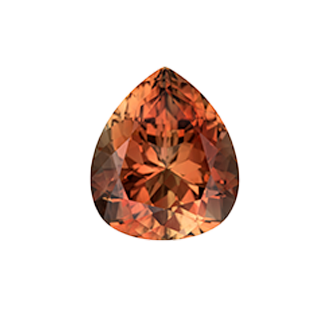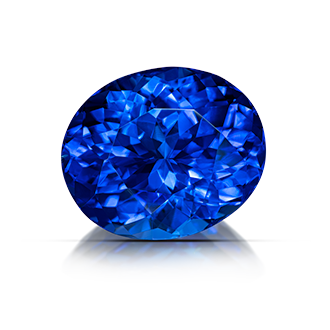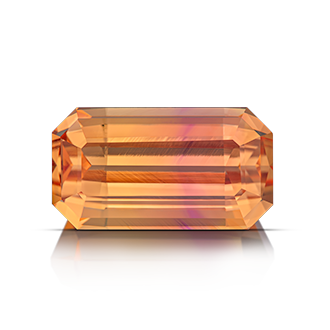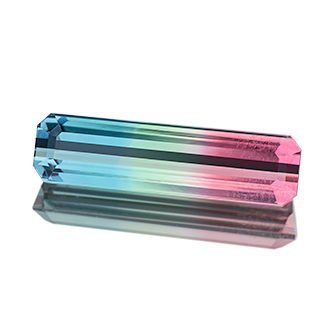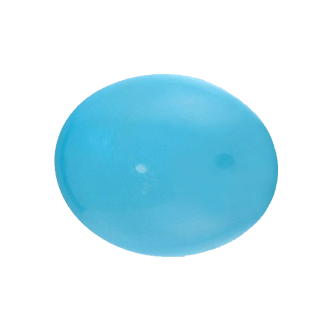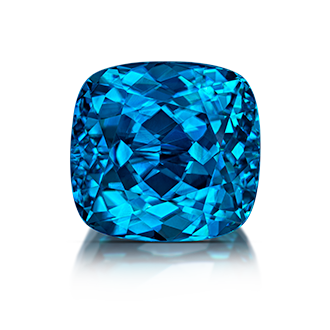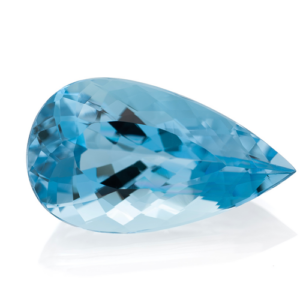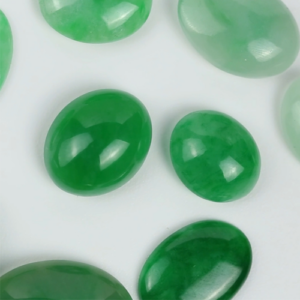Properties
| Family | Jadeite Species |
| Chemistry | NaAlSi2O66 |
| Refractive Index | 1.652 - 1.688 |
| Birefringence | .012 - .020 |
| Specific Gravity | 2.9 - 3.03 |
| Hardness | 6.5 - 7 (Moh's Scale) |
| Color Range | Green, also other colors |
Romance, History & Lore
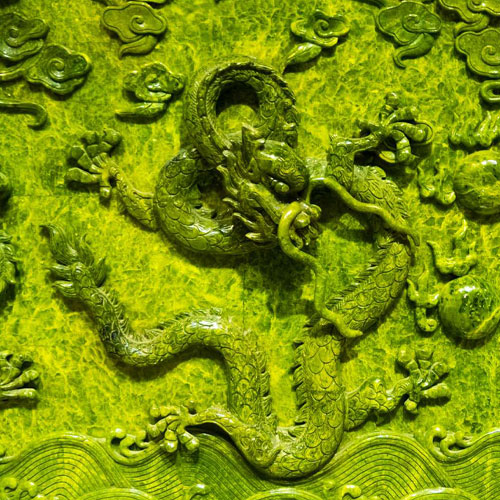
Jade, a timeless, soothing gemstone with glassy green tones, is as beloved today as it has been throughout the ages.
The Chinese have treasured jade for centuries, considering it the gemstone of royalty and a bridge between the spiritual and material realms.
In Central America, the Olmecs, Azetcs, Mayans, and Toltecs all prized jade’s beauty. They used it as currency, as well as for ceremonial pieces and religious relics.
The Portuguese introduced jade to Europe from China, and be
Origins
Today, jade is a term to describe two different gemstones – jadeite jade and nephrite jade.
While jadeite is mined today primarily in Myanmar, small quantities can be found in Guatemala. Nephrite jade is mined in Canada, Australia, the United States, and Taiwan.

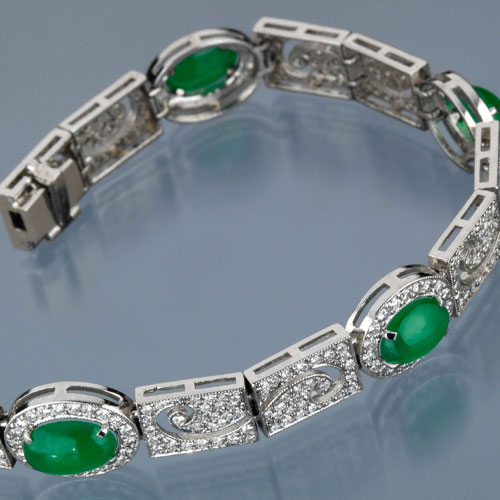
Care
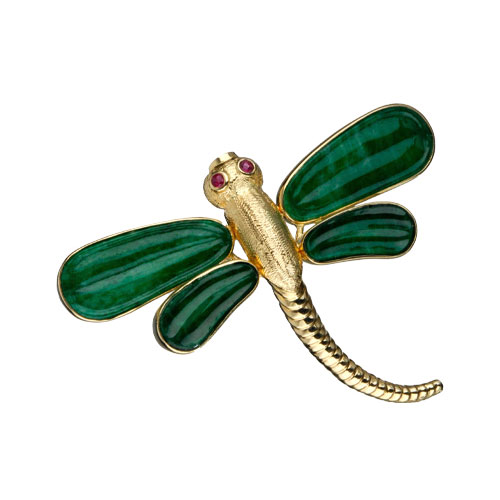
Selecting a Gemstone
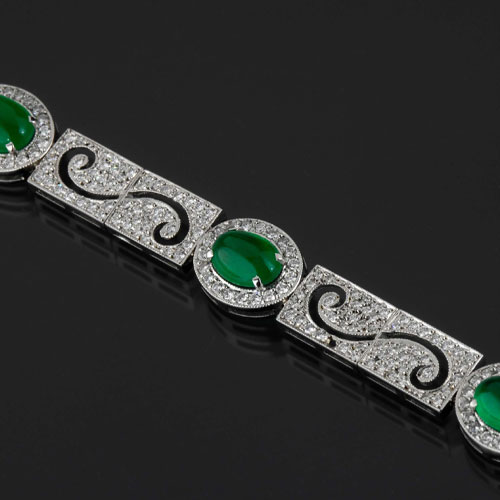
Because of its smooth even texture, both jadeite and nephrite have long been a preferred material for carving. The most common shape is the flat donut-shaped disc called a pi, which is commonly worn as a necklace.
The finest jadeite stones are usually cut into smooth dome shapes called cabochons. Jadeite bangles and beads are also very popular, especially throughout Asia.
